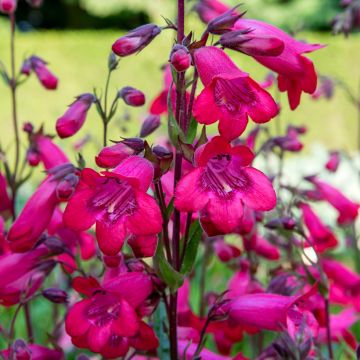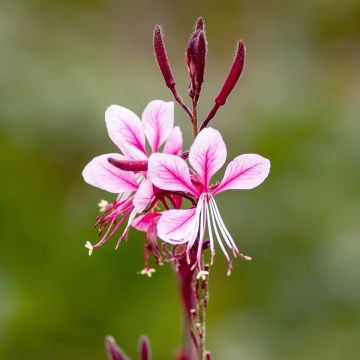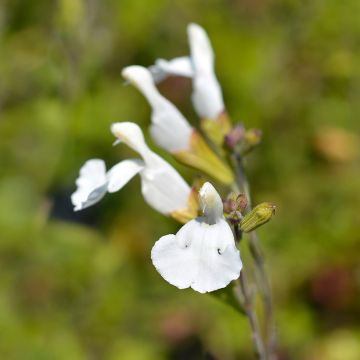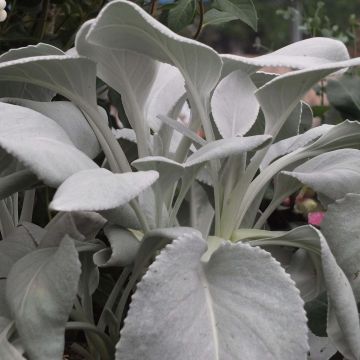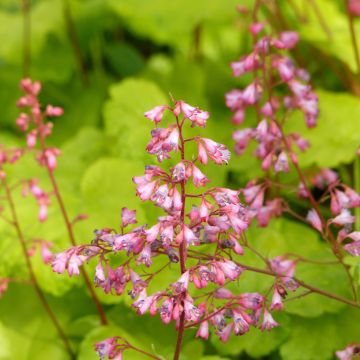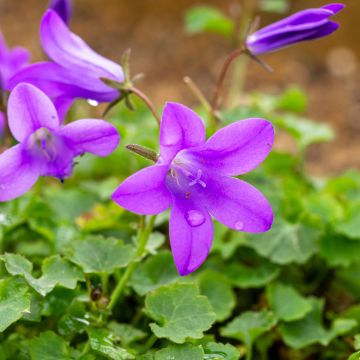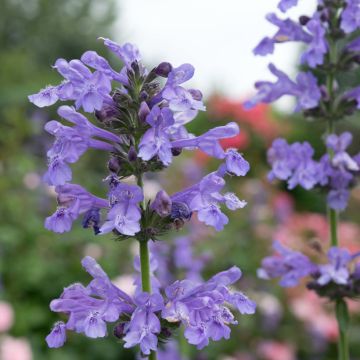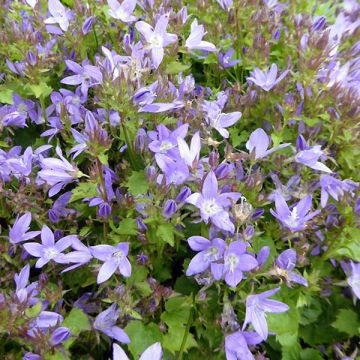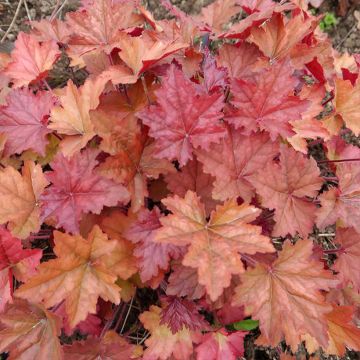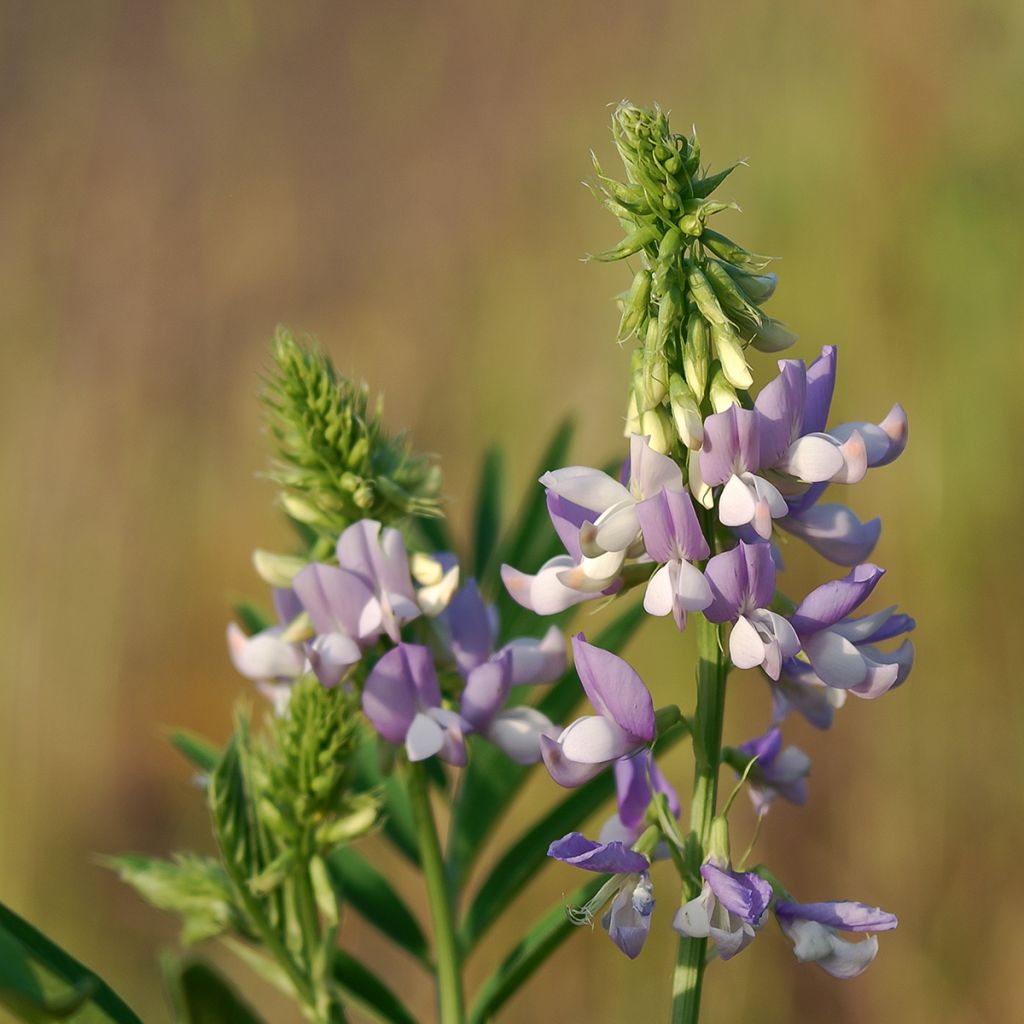

Galega officinalis
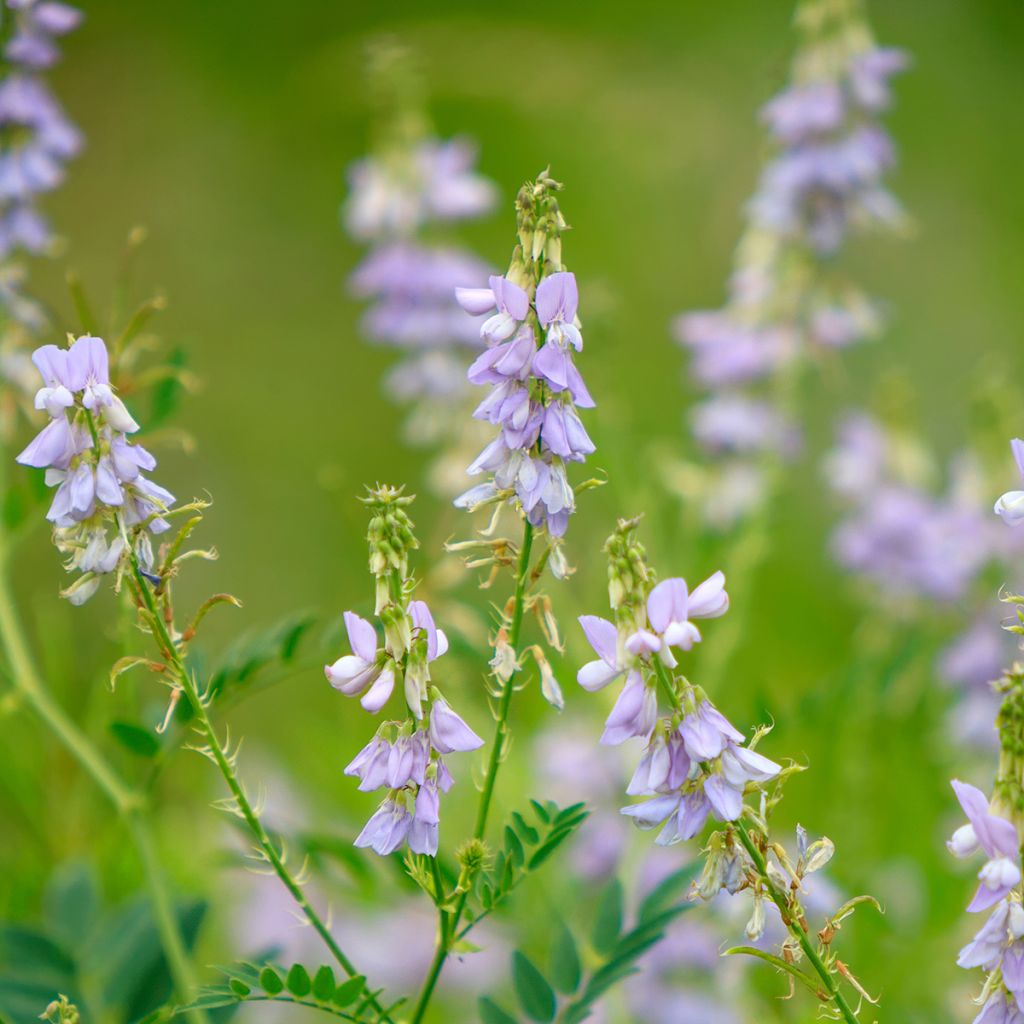

Galega officinalis
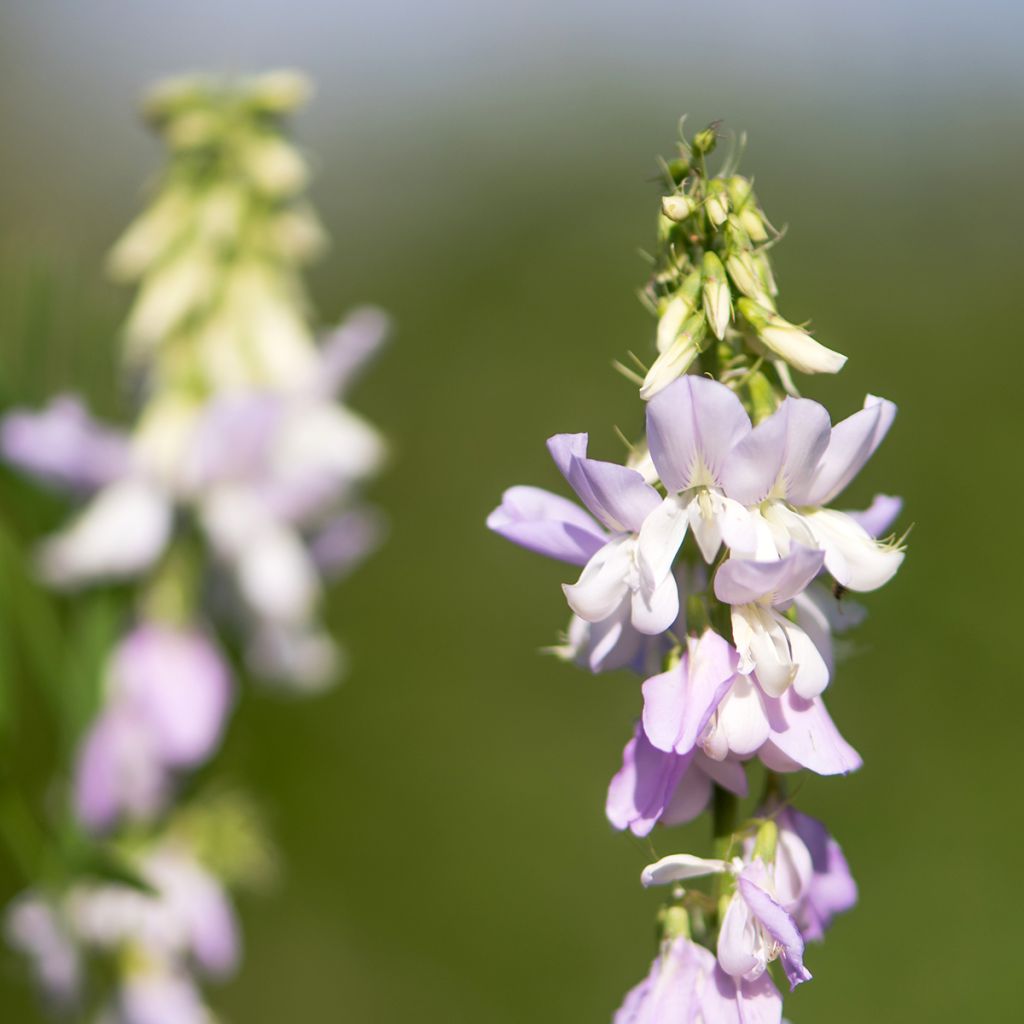

Galega officinalis
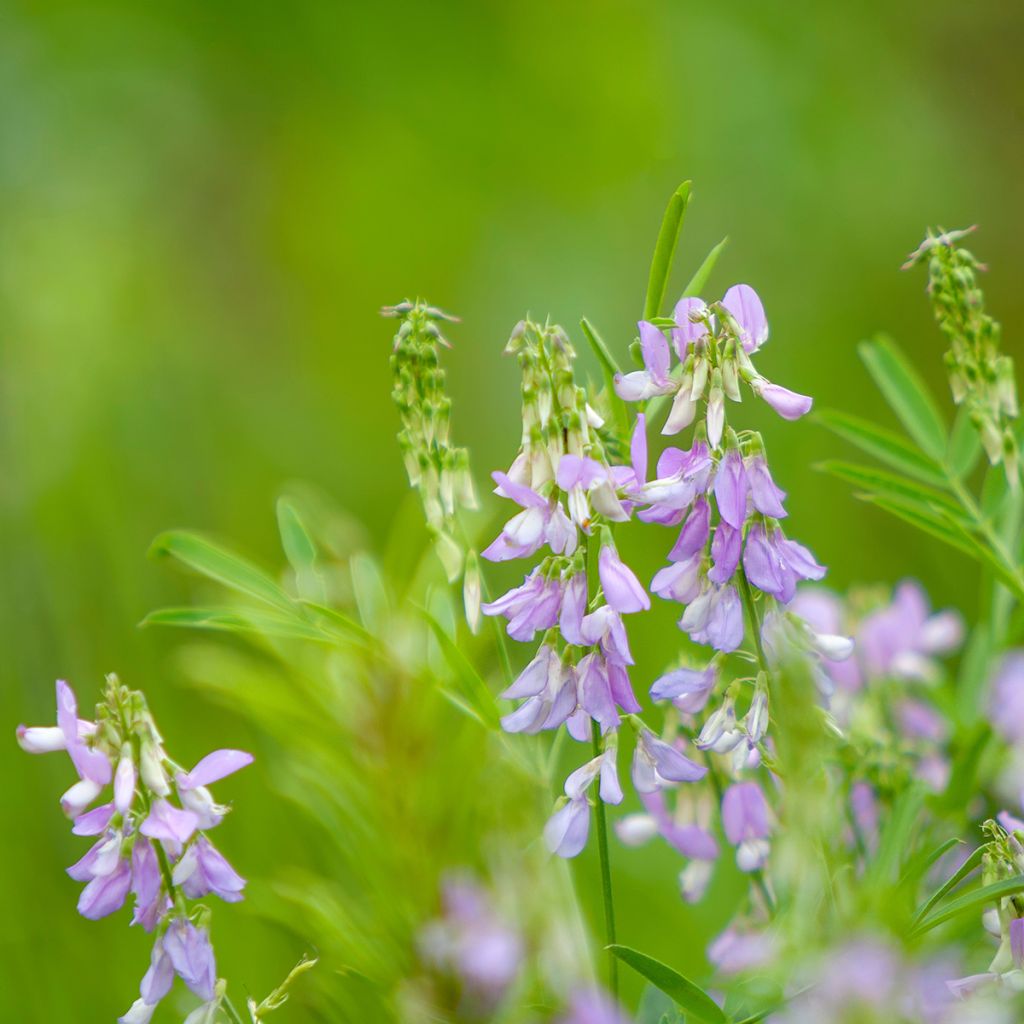

Galega officinalis
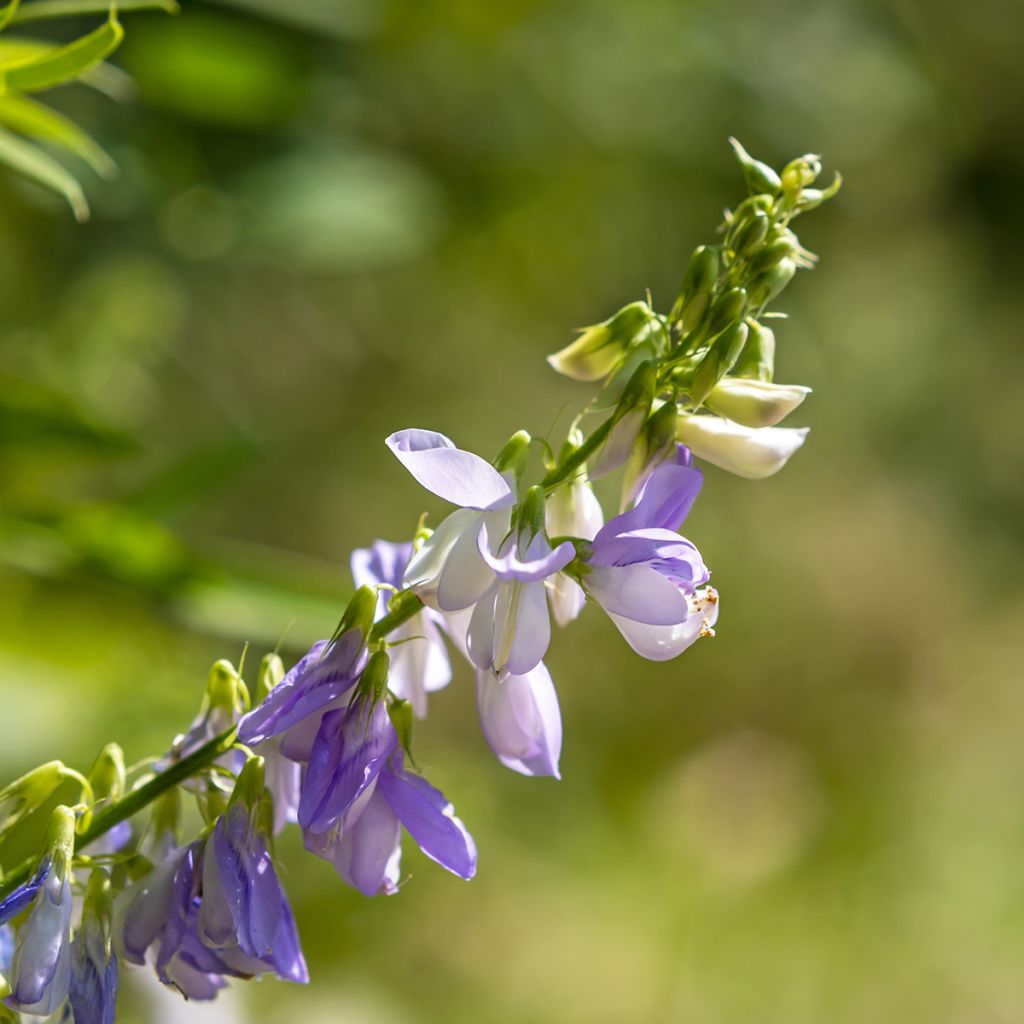

Galega officinalis
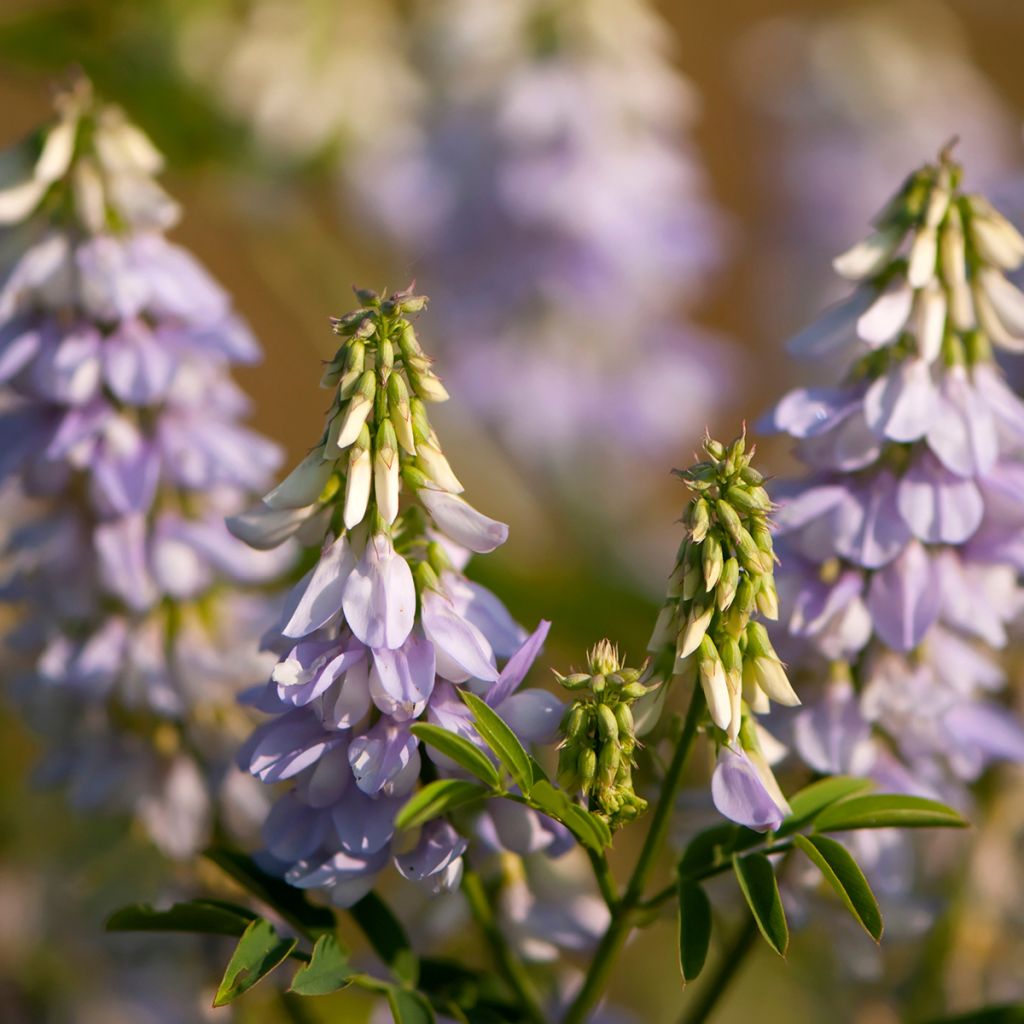

Galega officinalis
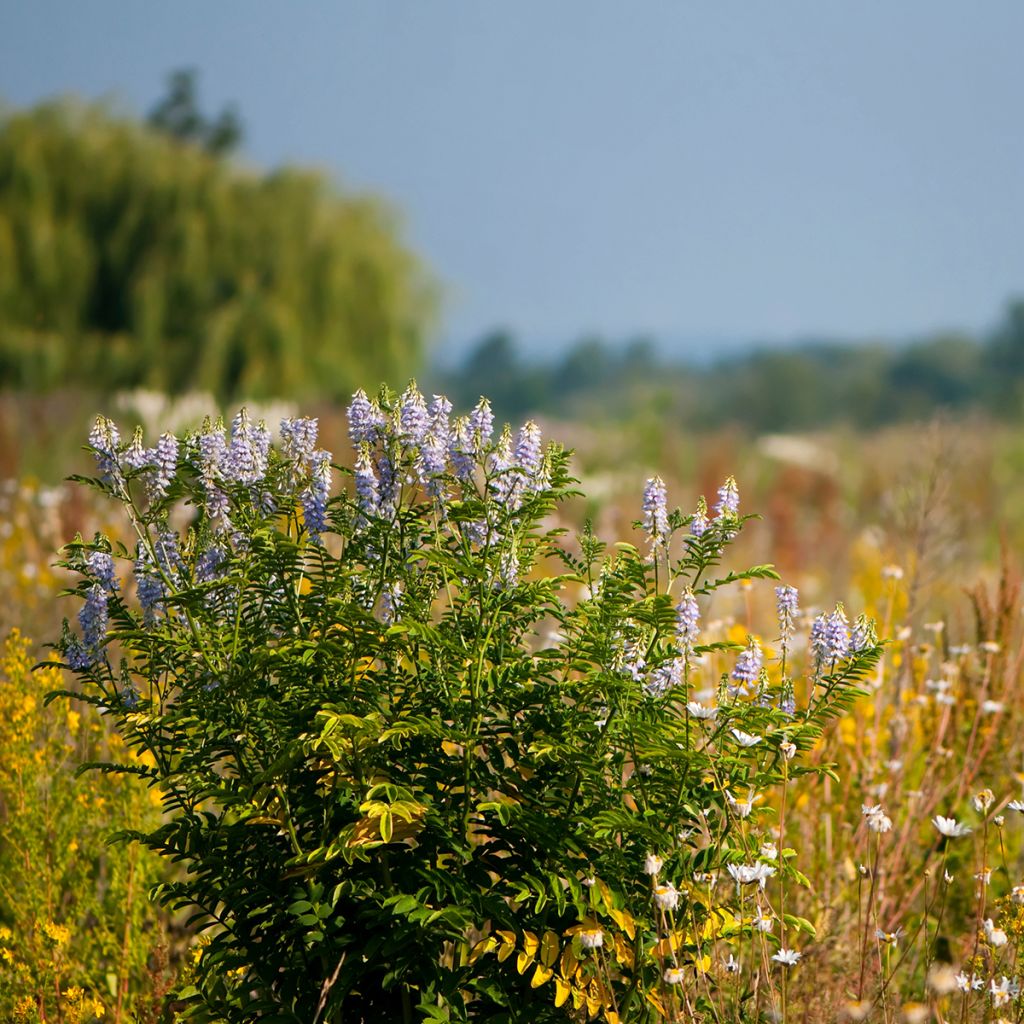

Galega officinalis
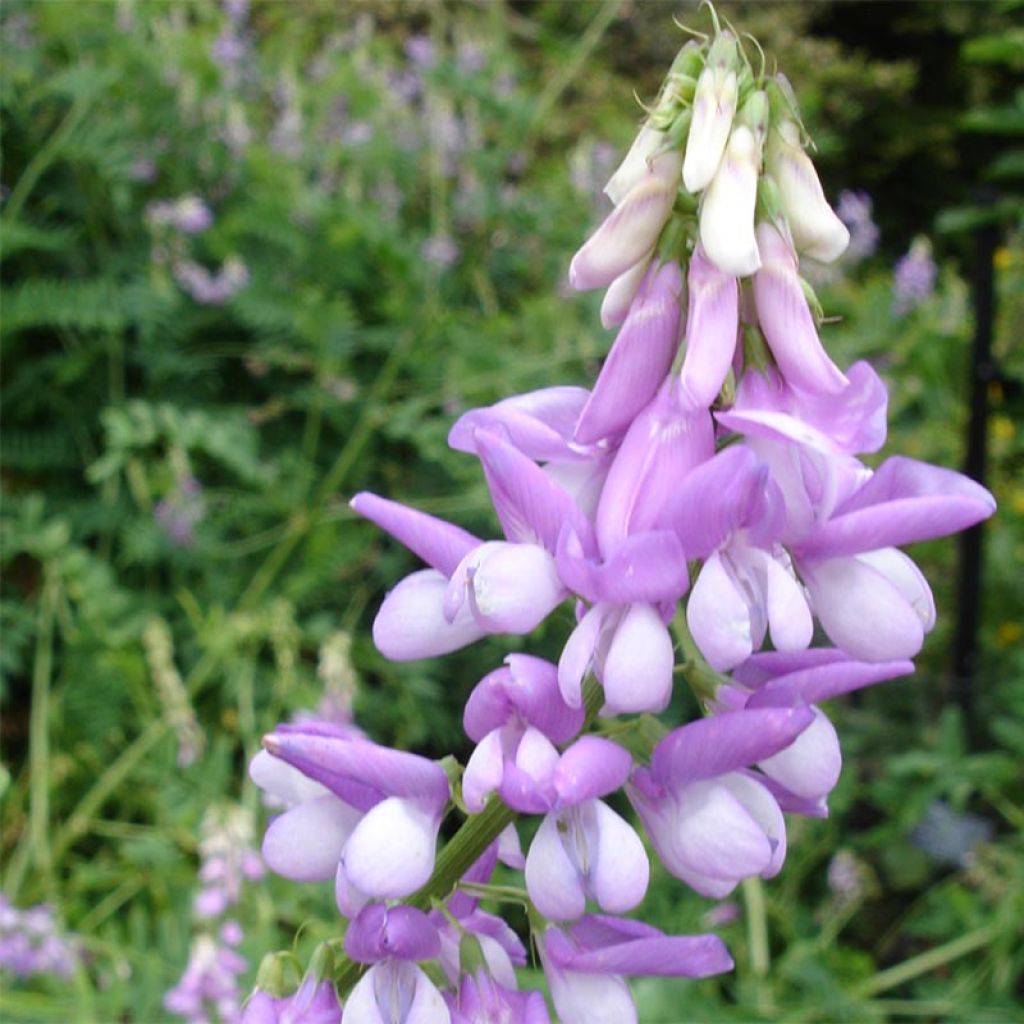

Galega officinalis
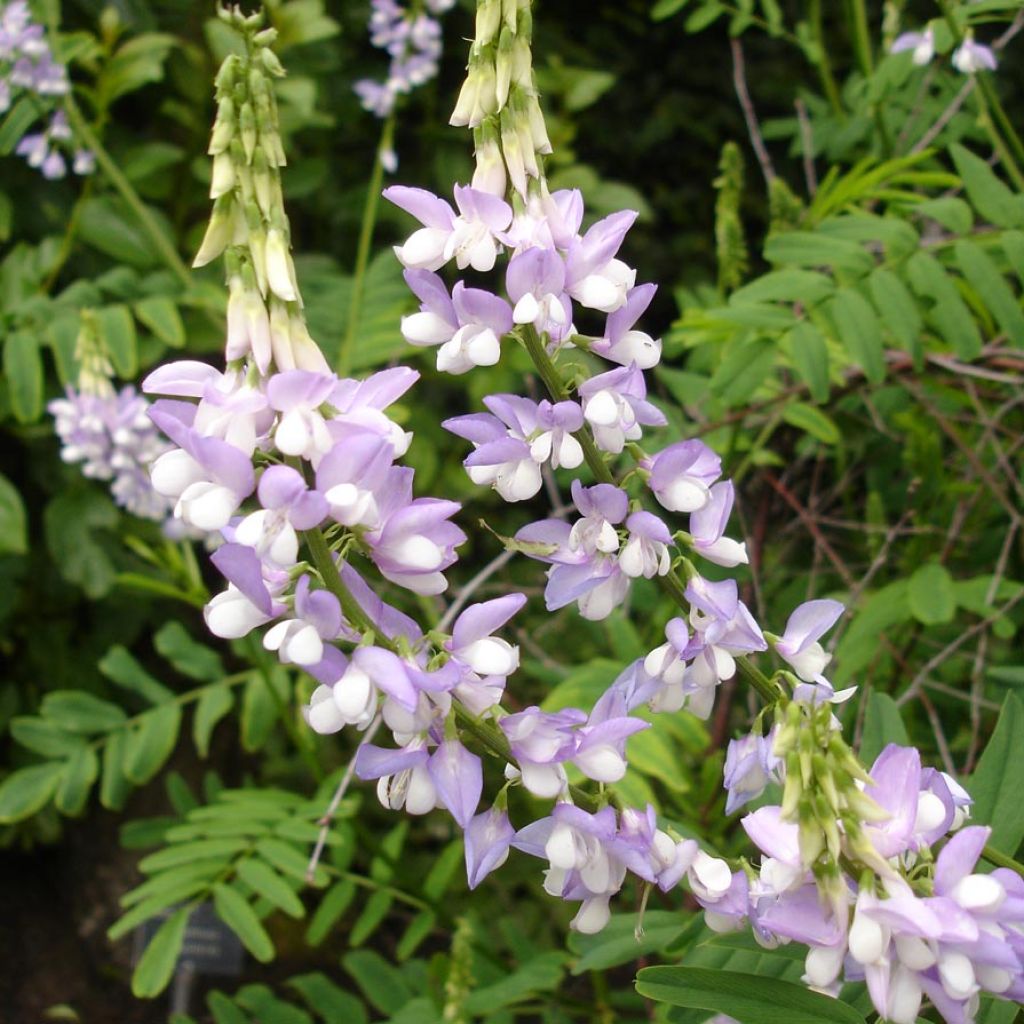

Galega officinalis
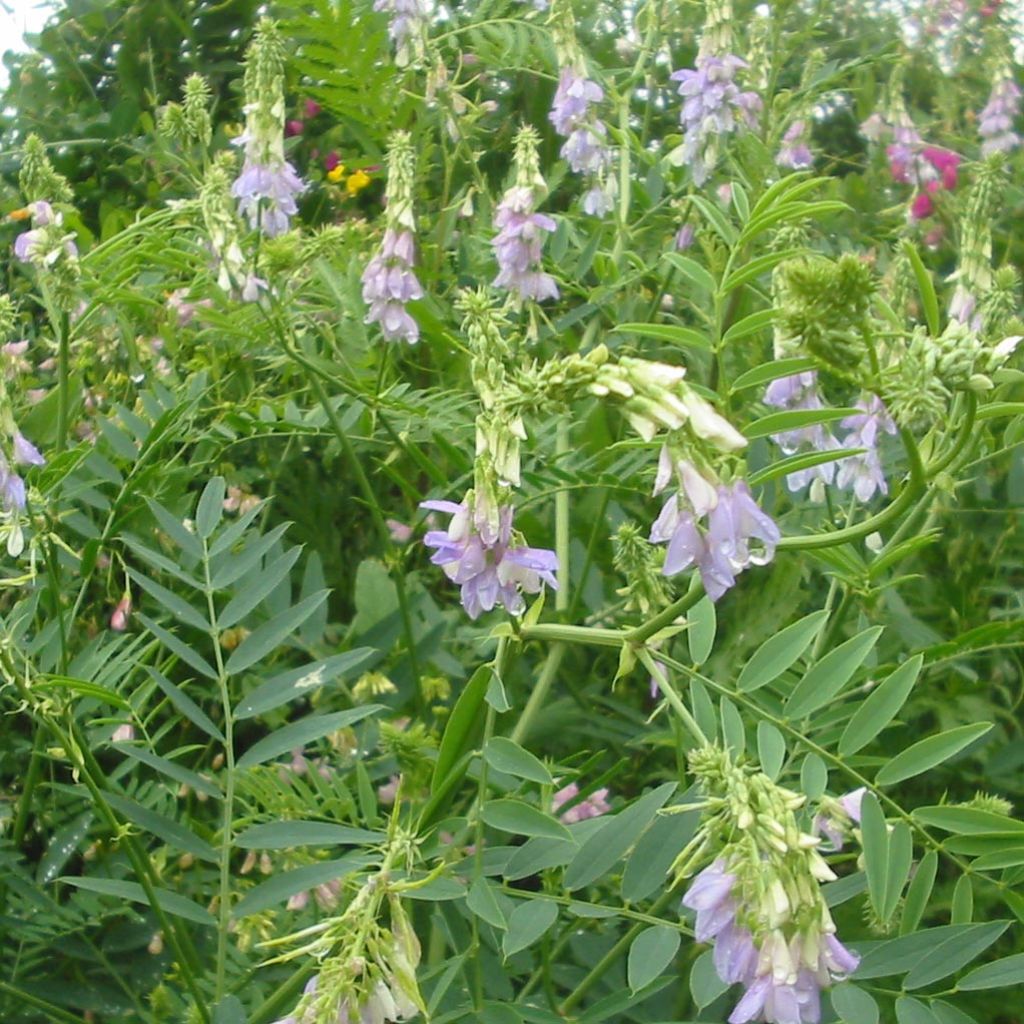

Galega officinalis
Galega officinalis
Galega officinalis
Goat's Rue, French Lilac
This item cannot be shipped to the selected country
Delivery charge from €5.90
More information
Schedule delivery date,
and select date in basket
This plant carries a 12 months recovery warranty
More information
We guarantee the quality of our plants for a full growing cycle, and will replace at our expense any plant that fails to recover under normal climatic and planting conditions.
From €5.90 for pickup delivery and €6.90 for home delivery
Express home delivery from €8.90.
Does this plant fit my garden?
Set up your Plantfit profile →
Description
Galega officinalis, also known as Goat's Rue or French Lilac, is a vigorous perennial shrub that will delight gardeners who appreciate indestructible plants with a rustic charm. Its long summer flowering in clusters of pea-like flowers, in pink to light mauve and sometimes white, are a delight to bees. However, the downside is that this generous plant must be controlled; otherwise it may invade the garden or surrounding countryside. Ideal in a countryside garden, with its head in the sun and its feet anchored in a cool soil that retains moisture.
Galega officinalis, formerly known as Spanish Sainfoin, is a perennial plant with buds emerging from underground stems, belonging to the Fabaceae family. Originally from the Mediterranean and Middle East (Western and Central Europe, North Africa, and Turkey), Galega has become international by conquering neighbouring continents, including North America where it is now considered invasive. It thrives in ditches, meadows, and the edges of streams where it self-seeds abundantly. It is up to you to determine and choose its fate: either contain it within your favourite flower beds or take advantage of its vigour to successfully colonise open spaces such as fallow fields.
It is an excellent architectural plant, reaching over 1 m (3 ft) in height, thanks to its bushy habit supported by erect and branched stems. Its elongated leaves have acute tips and are adorned from June to September with numerous loose clusters of papilionaceous flowers, ranging in colour from pink to mauve and occasionally white.
You can combine Galega officinalis with shrubs and perennials of different sizes, shapes, and colours to create a relatively contemporary composition that blends natural and sophisticated elements, with white, light pink, and black. Set some white eremurus as a backdrop, place galegas in the centre of the flower bed, and at their base, add rounded and structuring evergreen shrubs that will sheath them and provide strength and movement (such as hebes or pittosporums). Finally, intersperse black blackout heucheras, atropurpureum alliums, and black tulips in large swathes to add rhythm. In addition to being aesthetically pleasing, this legume is a useful plant that acts as a green fertiliser. It produces nitrogen, which enriches the soil, similar to mustard and phacelia.
Please note that it can be dangerous if ingested by humans or animals, as its above-ground parts are toxic during the flowering and fruiting period. This extraordinary plant possesses therapeutic properties, including diuretic, hypoglycaemic, and galactagogue effects.
Report an error about the product description
Galega officinalis in pictures
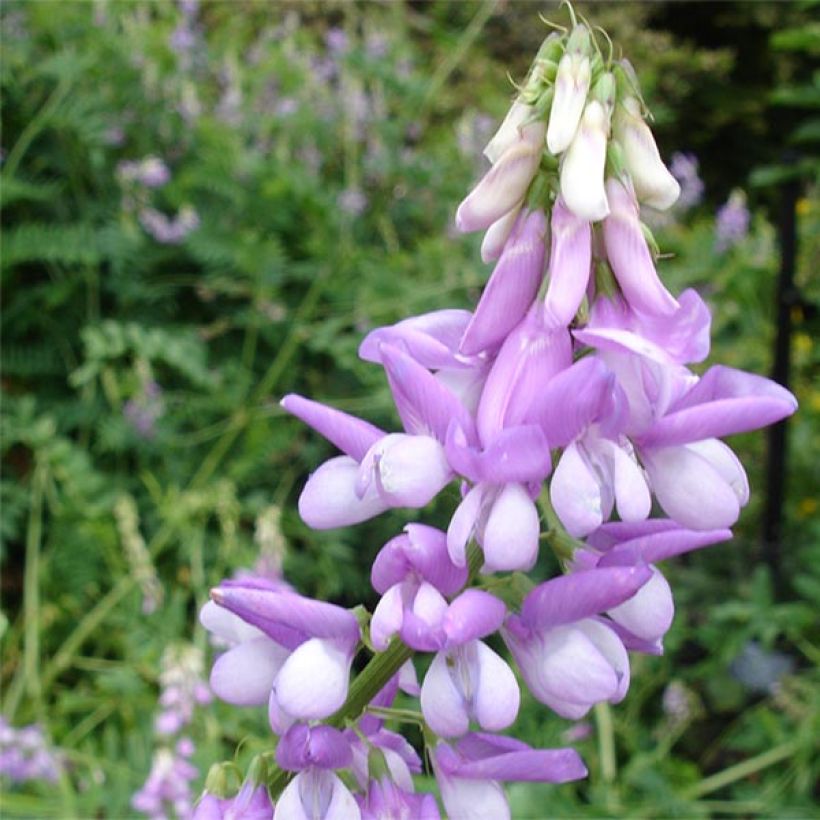

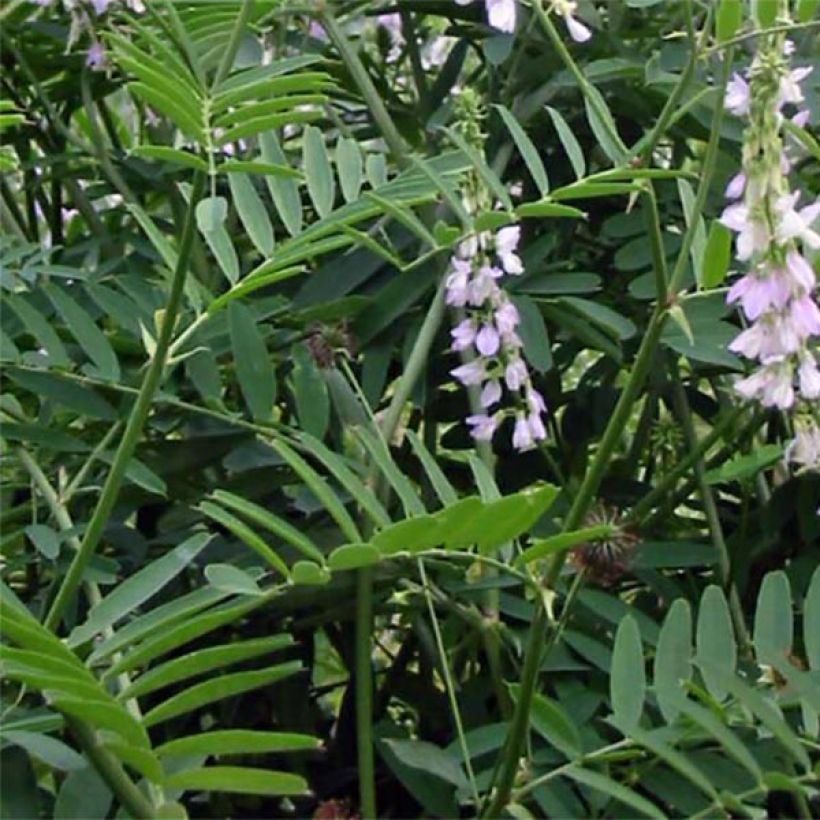



Flowering
Foliage
Plant habit
Botanical data
Galega
officinalis
Fabaceae
Goat's Rue, French Lilac
Mediterranean
Planting and care
We recommend planting and growing goat's-rue in a regular soil that retains moisture, in an open and sunny or partially shaded position in a warm climate. It is necessary to stake it (to prevent spreading) and prune it to prevent it from taking over your beds with its seedlings to the point of obtaining a monoculture! Vigorously pruning the stems in early summer will lead to a slight increase in flowering in September.
Planting period
Intended location
Care
-
, onOrder confirmed
Reply from on Promesse de fleurs
Fast maturing perennials
Haven't found what you were looking for?
Hardiness is the lowest winter temperature a plant can endure without suffering serious damage or even dying. However, hardiness is affected by location (a sheltered area, such as a patio), protection (winter cover) and soil type (hardiness is improved by well-drained soil).

Photo Sharing Terms & Conditions
In order to encourage gardeners to interact and share their experiences, Promesse de fleurs offers various media enabling content to be uploaded onto its Site - in particular via the ‘Photo sharing’ module.
The User agrees to refrain from:
- Posting any content that is illegal, prejudicial, insulting, racist, inciteful to hatred, revisionist, contrary to public decency, that infringes on privacy or on the privacy rights of third parties, in particular the publicity rights of persons and goods, intellectual property rights, or the right to privacy.
- Submitting content on behalf of a third party;
- Impersonate the identity of a third party and/or publish any personal information about a third party;
In general, the User undertakes to refrain from any unethical behaviour.
All Content (in particular text, comments, files, images, photos, videos, creative works, etc.), which may be subject to property or intellectual property rights, image or other private rights, shall remain the property of the User, subject to the limited rights granted by the terms of the licence granted by Promesse de fleurs as stated below. Users are at liberty to publish or not to publish such Content on the Site, notably via the ‘Photo Sharing’ facility, and accept that this Content shall be made public and freely accessible, notably on the Internet.
Users further acknowledge, undertake to have ,and guarantee that they hold all necessary rights and permissions to publish such material on the Site, in particular with regard to the legislation in force pertaining to any privacy, property, intellectual property, image, or contractual rights, or rights of any other nature. By publishing such Content on the Site, Users acknowledge accepting full liability as publishers of the Content within the meaning of the law, and grant Promesse de fleurs, free of charge, an inclusive, worldwide licence for the said Content for the entire duration of its publication, including all reproduction, representation, up/downloading, displaying, performing, transmission, and storage rights.
Users also grant permission for their name to be linked to the Content and accept that this link may not always be made available.
By engaging in posting material, Users consent to their Content becoming automatically accessible on the Internet, in particular on other sites and/or blogs and/or web pages of the Promesse de fleurs site, including in particular social pages and the Promesse de fleurs catalogue.
Users may secure the removal of entrusted content free of charge by issuing a simple request via our contact form.
The flowering period indicated on our website applies to countries and regions located in USDA zone 8 (France, the United Kingdom, Ireland, the Netherlands, etc.)
It will vary according to where you live:
- In zones 9 to 10 (Italy, Spain, Greece, etc.), flowering will occur about 2 to 4 weeks earlier.
- In zones 6 to 7 (Germany, Poland, Slovenia, and lower mountainous regions), flowering will be delayed by 2 to 3 weeks.
- In zone 5 (Central Europe, Scandinavia), blooming will be delayed by 3 to 5 weeks.
In temperate climates, pruning of spring-flowering shrubs (forsythia, spireas, etc.) should be done just after flowering.
Pruning of summer-flowering shrubs (Indian Lilac, Perovskia, etc.) can be done in winter or spring.
In cold regions as well as with frost-sensitive plants, avoid pruning too early when severe frosts may still occur.
The planting period indicated on our website applies to countries and regions located in USDA zone 8 (France, United Kingdom, Ireland, Netherlands).
It will vary according to where you live:
- In Mediterranean zones (Marseille, Madrid, Milan, etc.), autumn and winter are the best planting periods.
- In continental zones (Strasbourg, Munich, Vienna, etc.), delay planting by 2 to 3 weeks in spring and bring it forward by 2 to 4 weeks in autumn.
- In mountainous regions (the Alps, Pyrenees, Carpathians, etc.), it is best to plant in late spring (May-June) or late summer (August-September).
The harvesting period indicated on our website applies to countries and regions in USDA zone 8 (France, England, Ireland, the Netherlands).
In colder areas (Scandinavia, Poland, Austria...) fruit and vegetable harvests are likely to be delayed by 3-4 weeks.
In warmer areas (Italy, Spain, Greece, etc.), harvesting will probably take place earlier, depending on weather conditions.
The sowing periods indicated on our website apply to countries and regions within USDA Zone 8 (France, UK, Ireland, Netherlands).
In colder areas (Scandinavia, Poland, Austria...), delay any outdoor sowing by 3-4 weeks, or sow under glass.
In warmer climes (Italy, Spain, Greece, etc.), bring outdoor sowing forward by a few weeks.



































